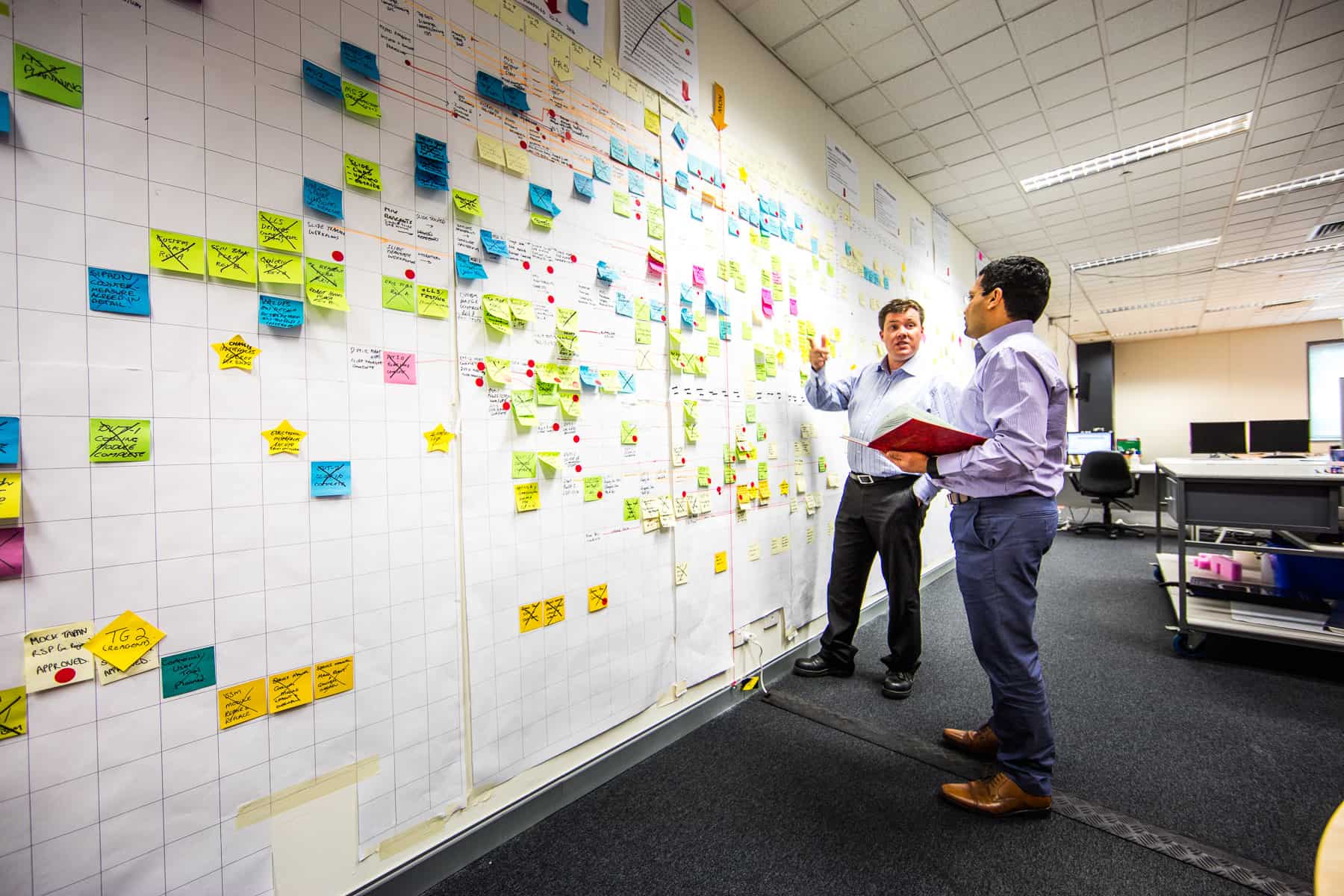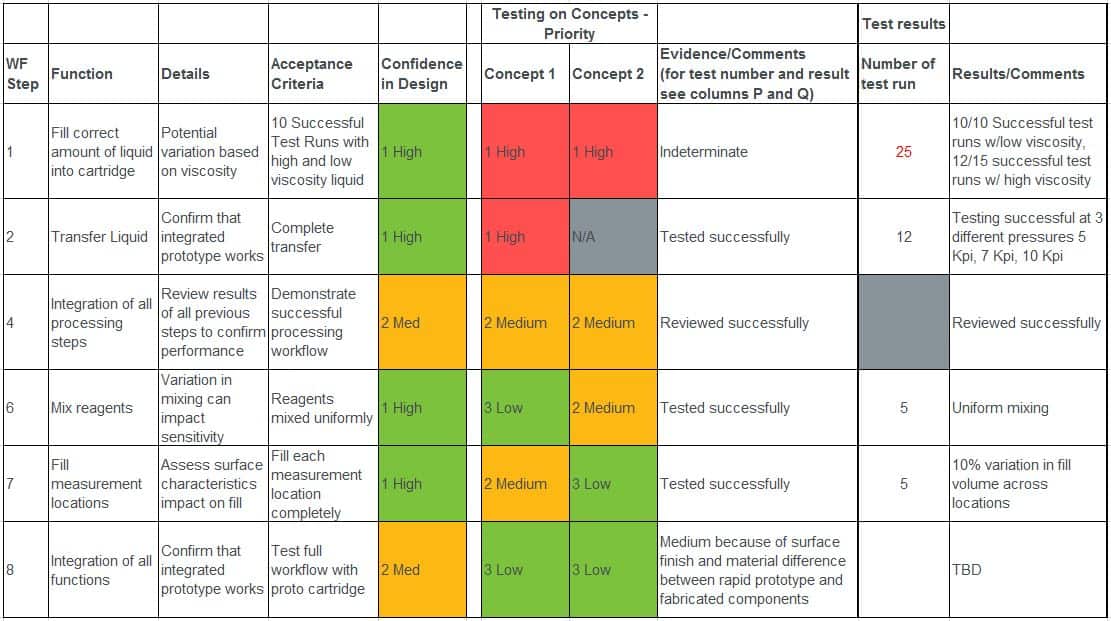Article updated April 2020.
Best practices for establishing a communication framework for more effective cross-site and remote, cross-time zone, and cross-team collaboration.
Misalignment at any time during a diagnostic product development program can be devastating, in terms of project cost overruns and delayed time to market. Avoiding these pitfalls requires developing a shared vision of a successful project outcome, proactive risk management, leadership in decision making, and effective cross-team collaboration and communication practices.
In this article, we share key considerations for establishing a communication framework for effective cross-site and remote, cross-team and cross-time zone collaboration.
Read our best practices below on how to:




